How Many Amps Does a Dryer Use? What Circuit Breaker Do I Need?
-
Pete Ortiz
- Last updated:
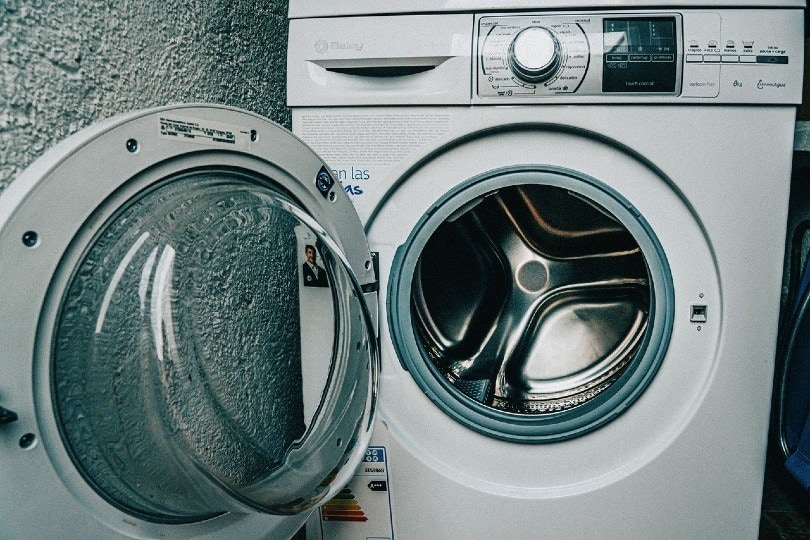
As a residential property owner (or even a tenant) it’s your responsibility to find out how many amps your clothes dryer uses — along with the kind of circuit breaker designed to protect its electrical system. We honestly don’t know why people don’t take this seriously, considering it’s been reported that 92% of laundry room fires are often started by dryers.
Just so we’re clear, we’re not trying to incite panic, or convince you to resort to the medieval methods of washing where people had to beat clothes on rocks down the river. No, this is nothing more than a reminder of what might happen should you intentionally decide to take the ignorance route.
How Many Amps Do Cloth Dryers Need?
To effectively answer this question, you’ll have to take into account two factors: the dryer’s total voltage and the brand that fashioned it. You see, just like every other household item, dryers are different. They consume varying amps because they’ve been designed to cater to different consumer needs.
Let’s assume, for a quick second, that you’re working with a portable compact dryer — just your standard compact dryer that usually utilizes 110V/120V. In this case, your electrical current ampere will fall between 7.5 to 15 amps.
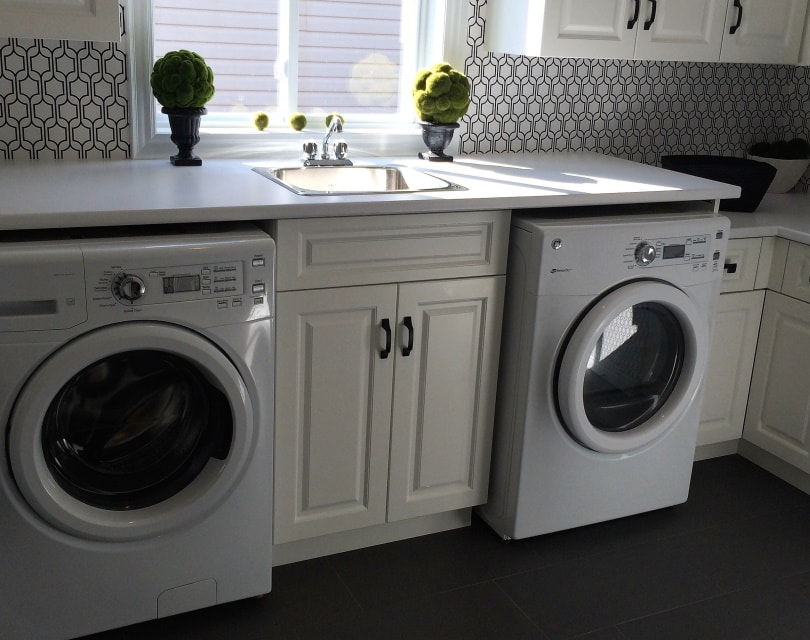
What’s An Amp?
First off, the term “amp” is a shorthand for ampere. Professionals in the industry usually define it as the standard electrical current measurement unit that’s been designated by the International System of Units, but we see it as a measurement unit that tells us more about the rate at which electrical current flows through a circuitry.
What’s the difference between the amp and voltage?
Assuming you had water flowing in a system, the amperage will be the rate of that flow, while the voltage will be the pressure.
Portable dryers are also known as low amp dryers, seeing as they don’t often draw more than 15 amps. A 15-amp current is pretty low for a dryer, but it comes with a few pros. For example, when it comes to usage, other than the fact that it’s more convenient for small spaces and it also saves lots of energy.
From what we’ve observed, most residential households have 240V dryers. Some run on 220V and 230V dryers, but those are very rare. Are the 220V dryers so different from the ones that have a 230 voltage?
No, there’s no significant difference between a 220V dryer and a 230V. Albeit different in the voltage level, they both use the same amps. And if your amperage falls between 10 to 30 amps, you have nothing to worry about.
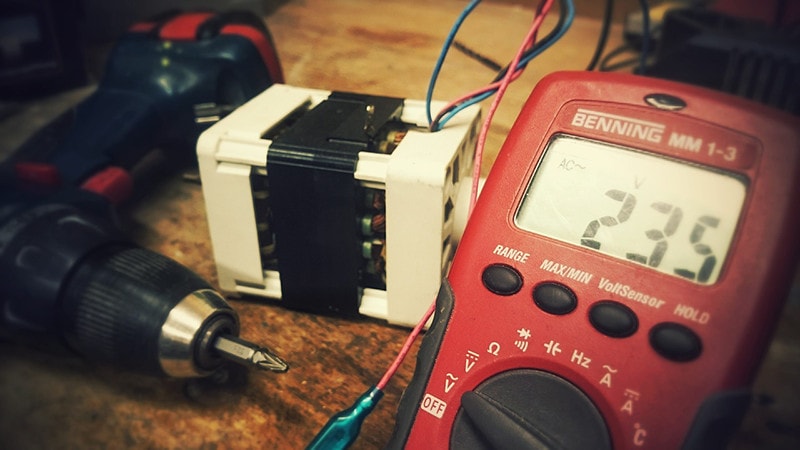
Can A 240V Dryer Use More Than 30 Amps?
In all honesty, we’ve never seen a 240V dryer that employs more than 30 amps. The ones that have flooded the market have been designed to draw 30 amps, meaning anything that’s high or low should be considered an anomaly.
What if it’s a 220V or 230V dryer? If that’s the case, you shouldn’t fret. Those two are allowed to draw currents that are lower than 24 amps, but not 10 amps.
Bear in mind, such devices usually have an amperage that’s influenced by changes in temperature and total voltage. That’s why you’ll find electricians using an energy monitor or multimeter to check the readings. It takes into account all the factors involved.
You could also check to see if the dryer has a sticker glued somewhere because those stickers normally have all the pieces of information written there. If it’s worn out or peeled off, look for its manual.
Friendly Reminder: Always reach out to a professional, should you have any doubts or concerns. Don’t just “wing it” and hope for the best.
The contractor or electrician also needs to have the requisite level of experience and a license. That’s the only way you’ll know for sure that they are qualified for the task at hand, and to give sound advice.

What Circuit Breaker Do I Need?
Since today’s focus is on residential dryers, we’ll say any circuit breaker designated as 30-amp will get the job done. That being said, it would be a mistake on your part to automatically assume that’s all the information you need, without checking.
Why is working with the right breaker such a huge deal? We’ll answer that right after we explain what the circuit breaker is designed to do.
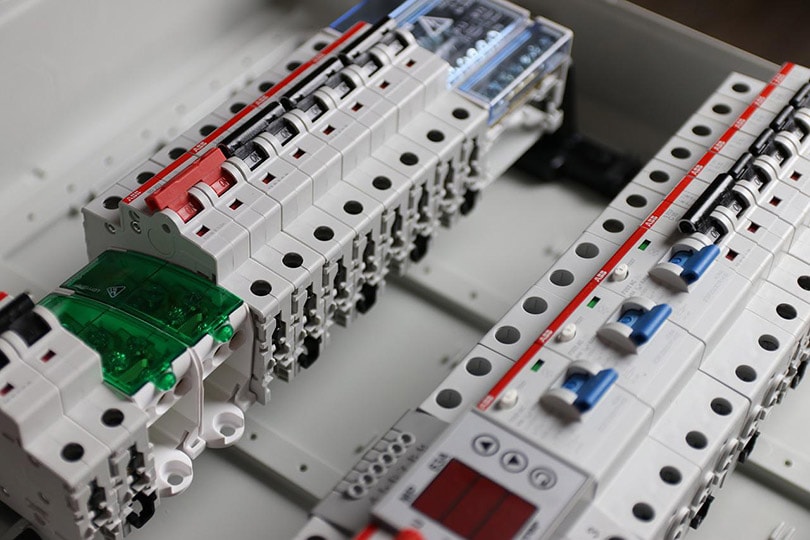
How the Dyer’s Circuit Breaker Functions
The breaker’s prime role is to track how electricity flows in a given circuitry. That flow has to be within manageable levels, or else the circuit breaker will “trip”. Normally, the breaker trips when it’s too weak to handle a current load, or when too much electricity gains access to a device.
The tripping is meant to cut off the flow, hence preventing the circuit from overheating, or the device from getting damaged.
In other ways, the circuit breaker works the same way the traffic lights do. It’s been installed on that road (circuit) to take charge and control the flow of traffic (electricity). If the vehicles passing are organized and in the right numbers, the lights stay green. However, if there’s an unsafe number of vehicles fast approaching, the light changes to red.
The red is the tripping bit of the circuit. It’s telling the flow that it needs to stop, go back, and come back in small numbers.
Is It Wrong to Install a Low-Amp Circuit Breaker?
While you won’t have to worry about your house burning down, you’ll be irritated by the number of times that you’ll be forced to switch the power back on.
Let’s once more assume that you’ve installed a dryer that’s only effective when used on a 30-amp circuit. But the breaker installed on the property can only support 20 amps or lower. That means anytime the dryer tries to draw anything above 20 amps, the power is cut off.
Your circuit break already has preset directions from its manufacturer. They essentially programmed it to cut off your power completely, should it sense any flow of current that’s above 20 amps. And you’ll quickly realize the problem lies with the circuit, seeing as all the other low-amp appliances in the house don’t trip it whenever they’re on.
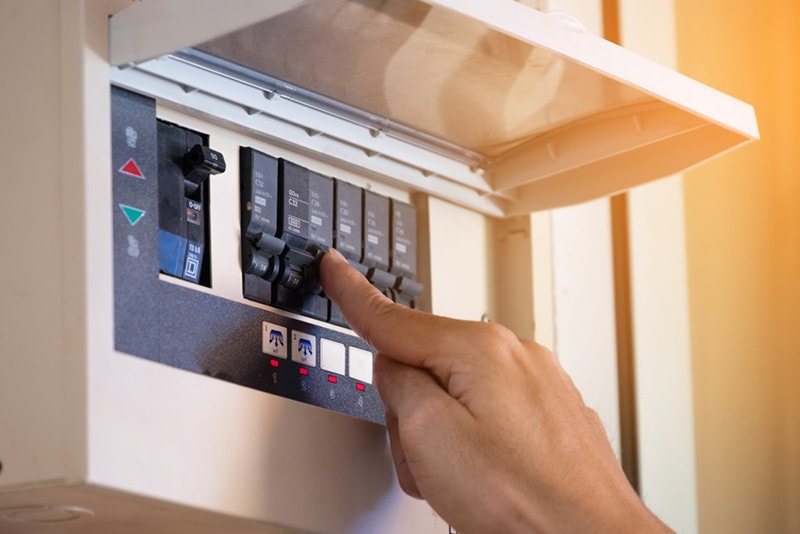
Is It a Mistake to Install a High-Amp Circuit Breaker?
Installing a low-amp breaker is wrong but installing a high-amp breaker is a colossal mistake. In fact, this right here is one of the main causes of laundry room fires. Even if you manage to put out the fire before it ravages down the property, you’ll still have to replace your dryer. Because chances are it will be damaged beyond repair.
A high-amp circuit breaker won’t disrupt the power supply, even if the flow of electricity is way above dangerous levels. Just think about it, for a second. Why would a 100-amp breaker cut off power in a circuit designed to transmit 50 amperes?
We’ll have a situation where the dryer can only handle 30 amps, the circuit can deliver up to 50 amps, and the breaker only has a problem with a flow that’s higher than 100 amps. It will get to a point where the dryer’s wires will start melting, and the breaker won’t do anything because it’s powerful enough to handle the load. Ultimately, leading to property damage.
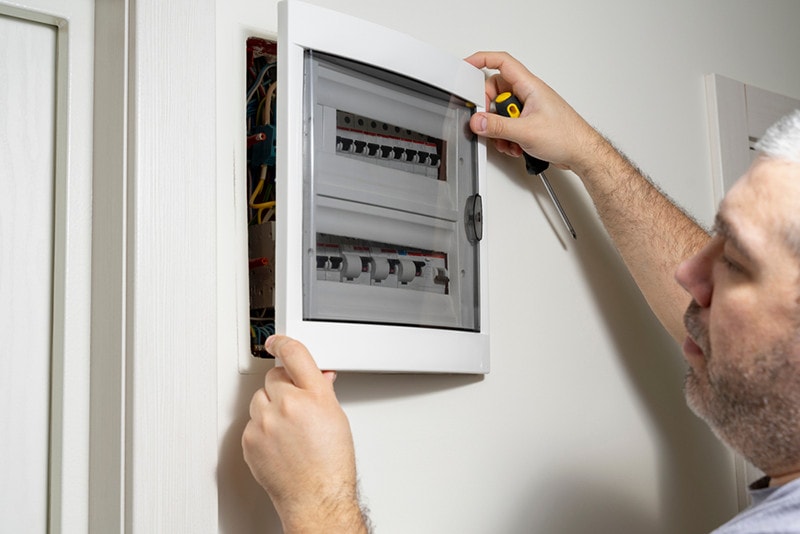
Do Residential Dyers Require Ground Wire?
Not just residential dryers, but ALL clothes dryers. Every NM cable comes with both a neutral and a ground wire. As an acronym, NM stands for “non-metallic,” a designation reserved for the cable’s outer sheathing that’s used to bundle together all the wires inside.
This type of cable is different from the metallic sheathed one, as the bundled wires found in the latter are often protected by a metal conduit or metal coil.
Conventionally, a standard dryer will demand 240 volts for any level of heavy-duty operation, in addition to the 120 volts required for the controls and timers. This means that the device will only be effective if two hot wires are added to the cable, making it four. But the ground cable manufacturers will count them as three because they prefer leaving the fore-wire out of the count.
So, the next time you go buy a dryer cable, don’t be alarmed when you find that the cable has been described as a three-wire cable. Also, it’s important to note that cables are usually named according to the total number of wires they have and their gauge.
For instance, if you see a dryer cable described as an 8-3 non-metallic (NM) cable, the first number normally denotes the gauge, while the second number denotes the number of wires inside. “Gauge,” if at all you’re not familiar with the term, is the measurement of the wires’ diameter.
Final Words
For someone who’s not experienced in this field, it’s easy to be confused by the numbers or nuances to some degree. But don’t fret, as we’ve all been there. Just take your time to comb through the information sources, and things will start making a lot of sense.
Start reading about the dryer’s voltage, then move on to the circuit breakers. By the time you’re explaining to your peers what a wire gauge is, you’ll be a guru already.
See also:
- https://homeinspectioninsider.com/wire-breaker-size-electric-dryers/
- https://www.eaton.com/us/en-us/products/electrical-circuit-protection/circuit-breakers/circuit-breakers-fundamentals.html
- https://nasdonline.org/1249/d001053/reduce-fires-with-electrical-safety.html
- https://southburyfire.com/safety/clothes-dryer-fire-safety/
Featured Image Credit: Antonio_Cansino, Pixabay
Contents



